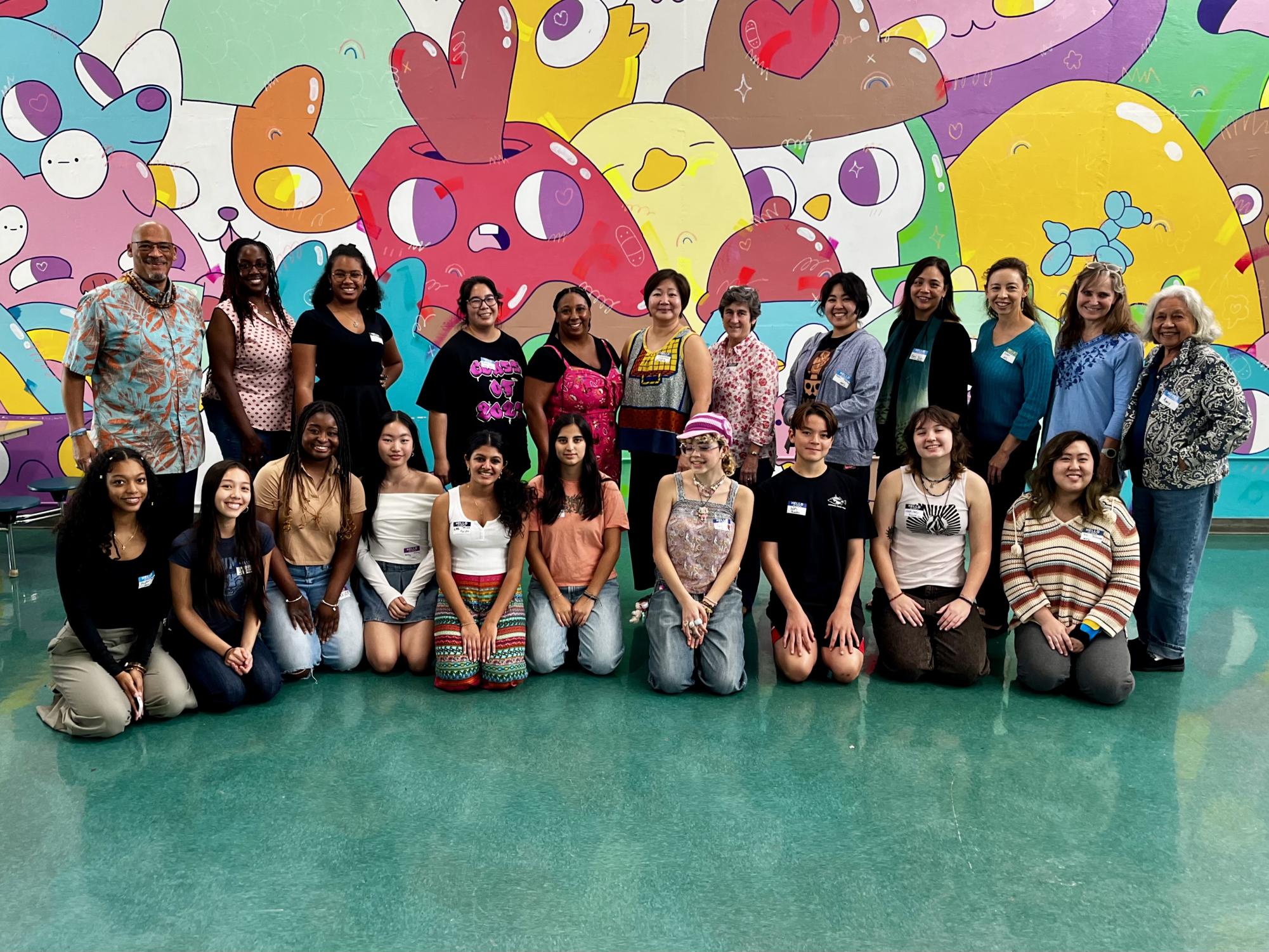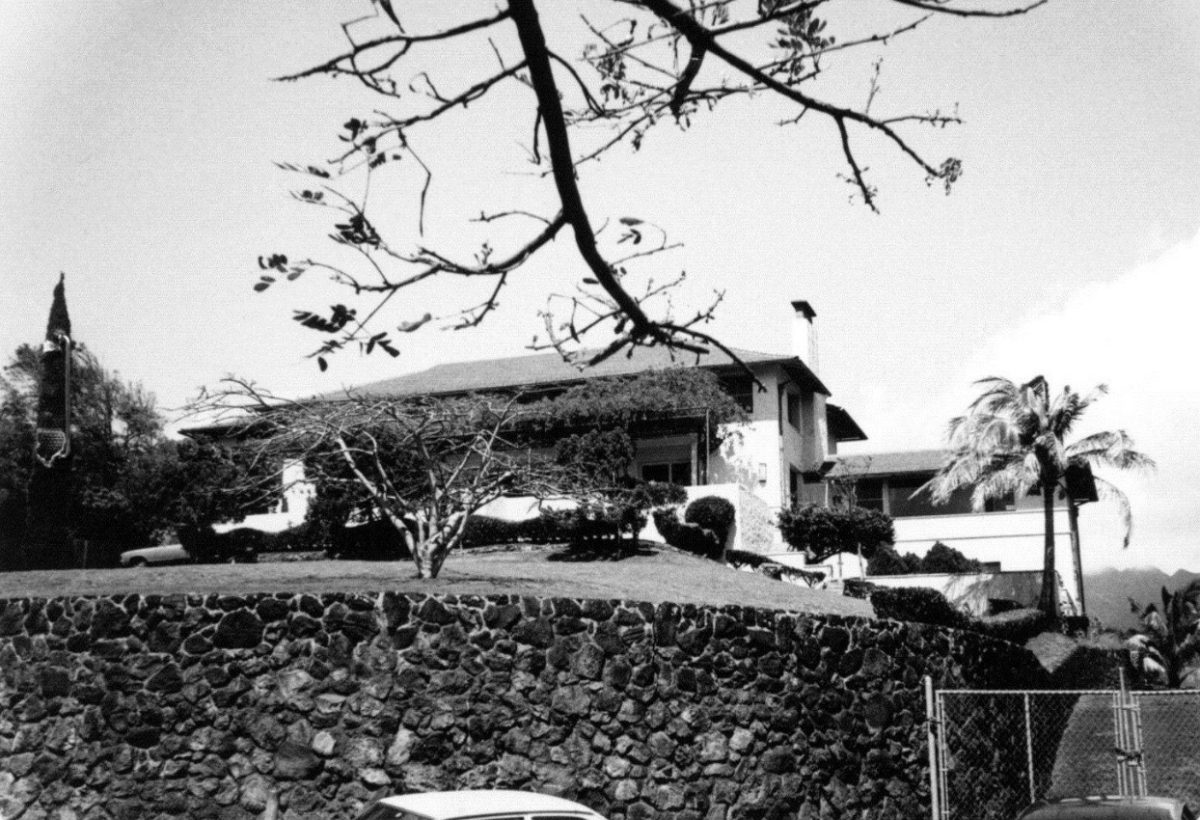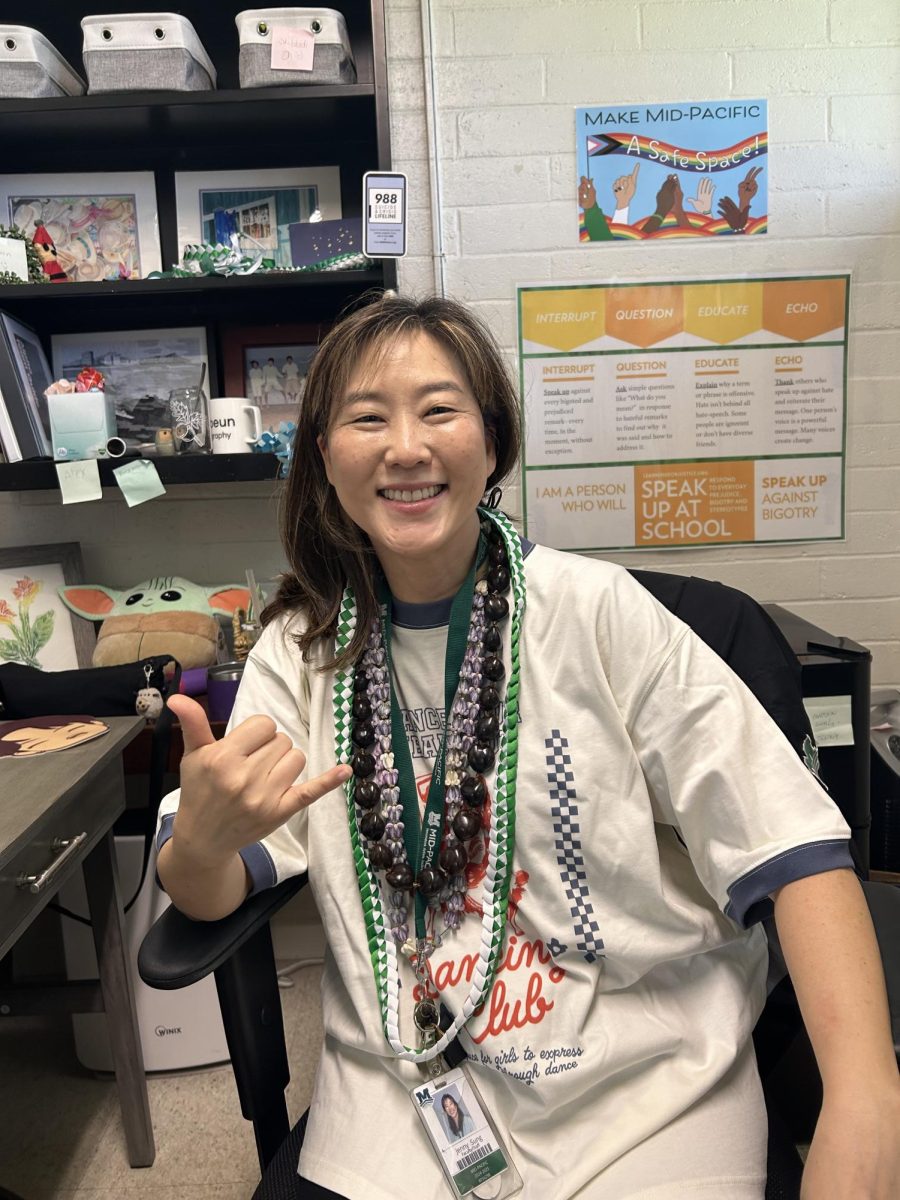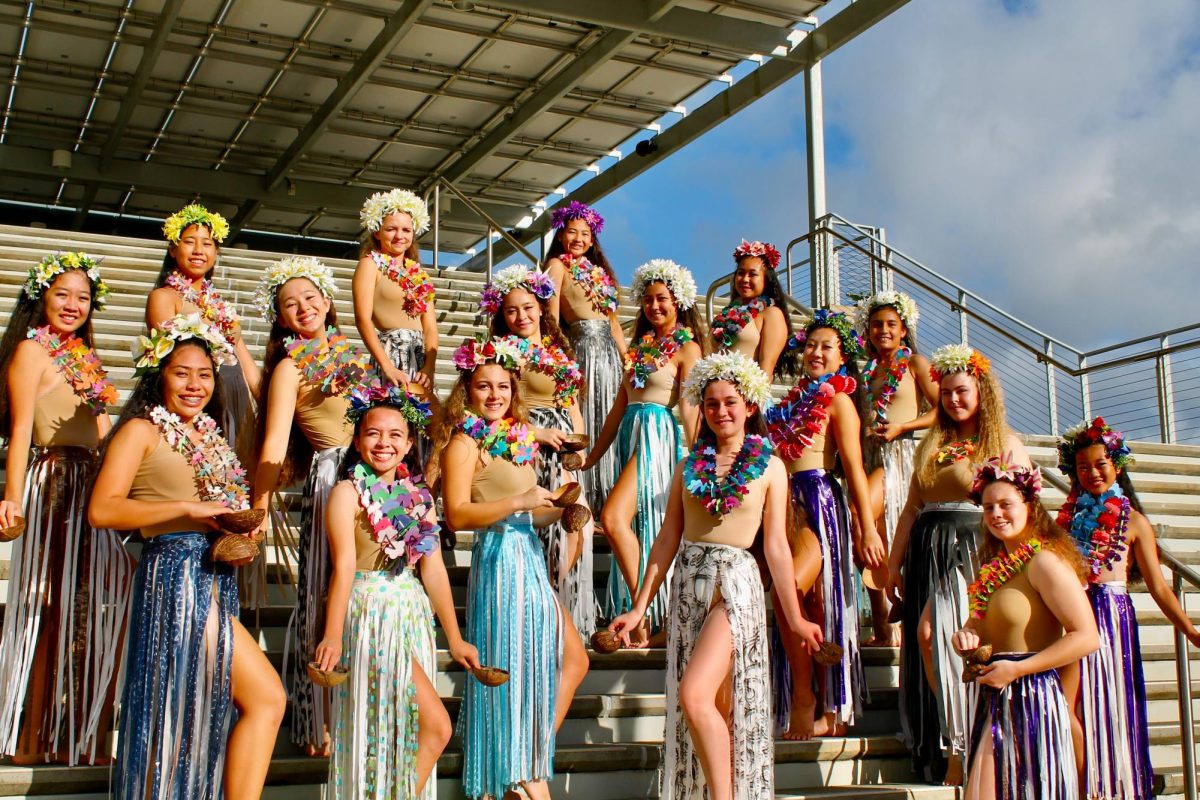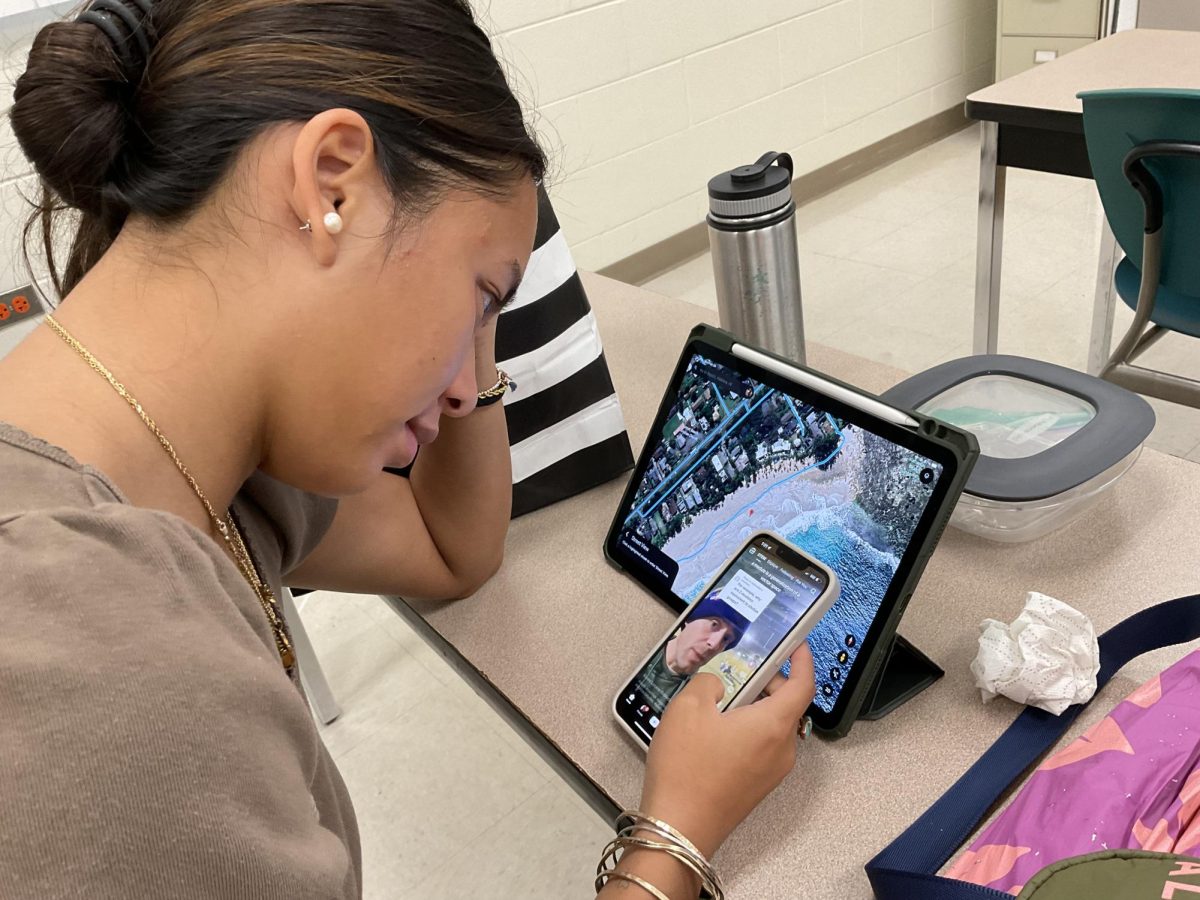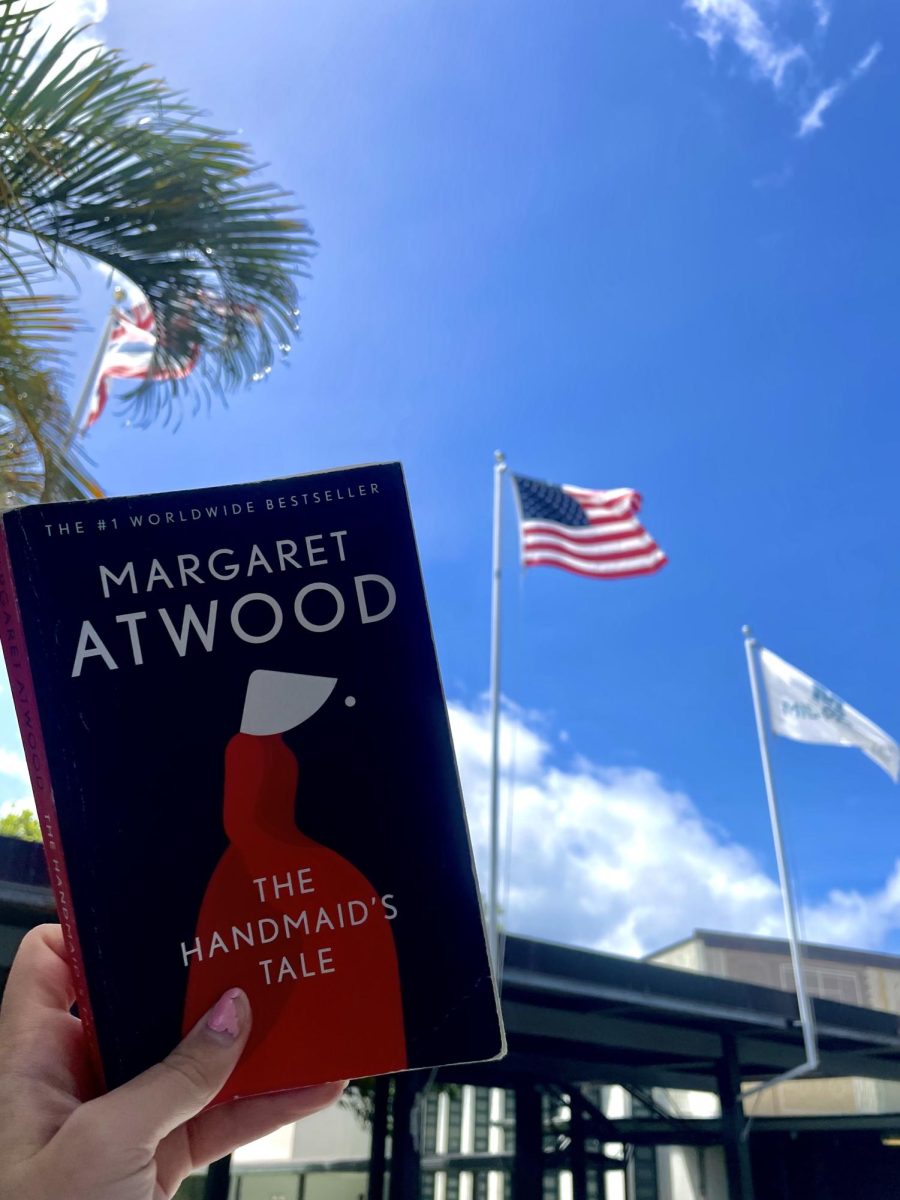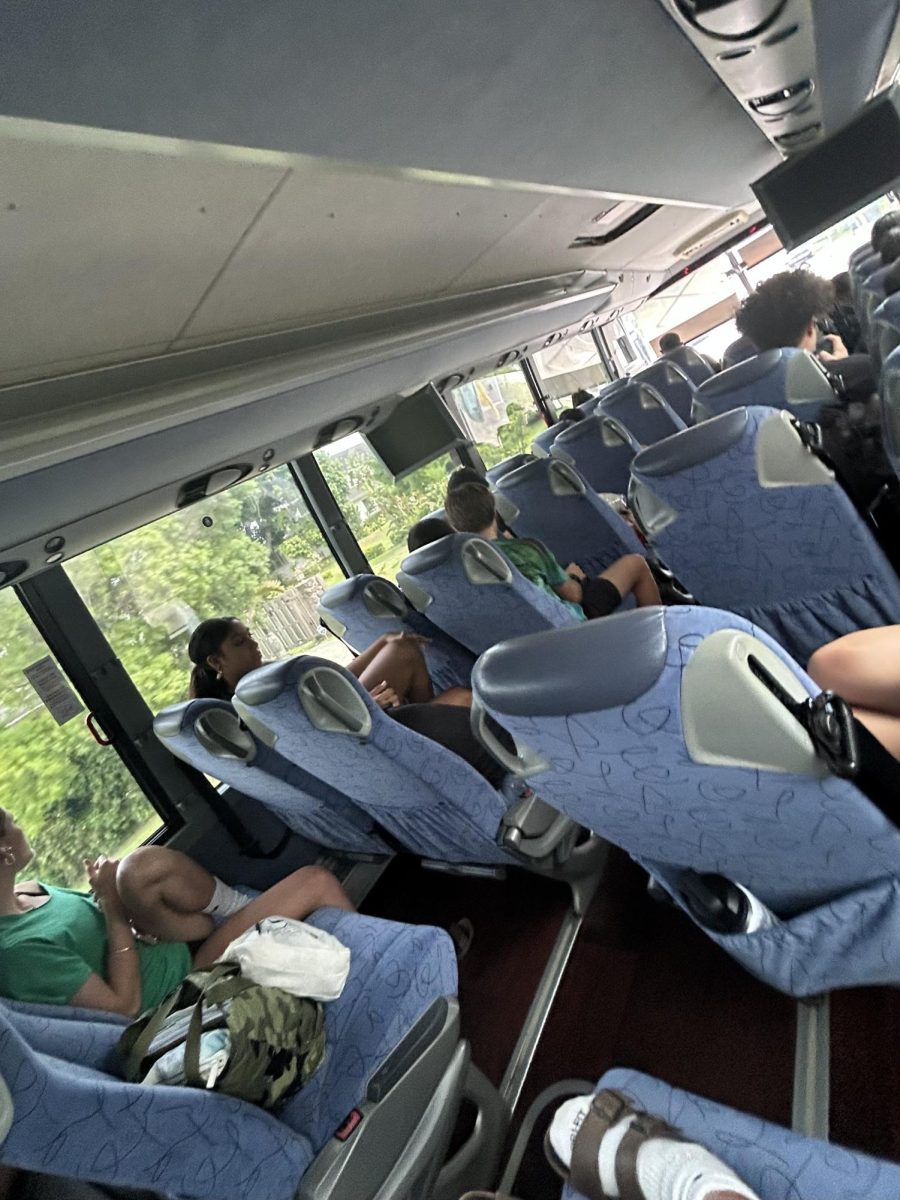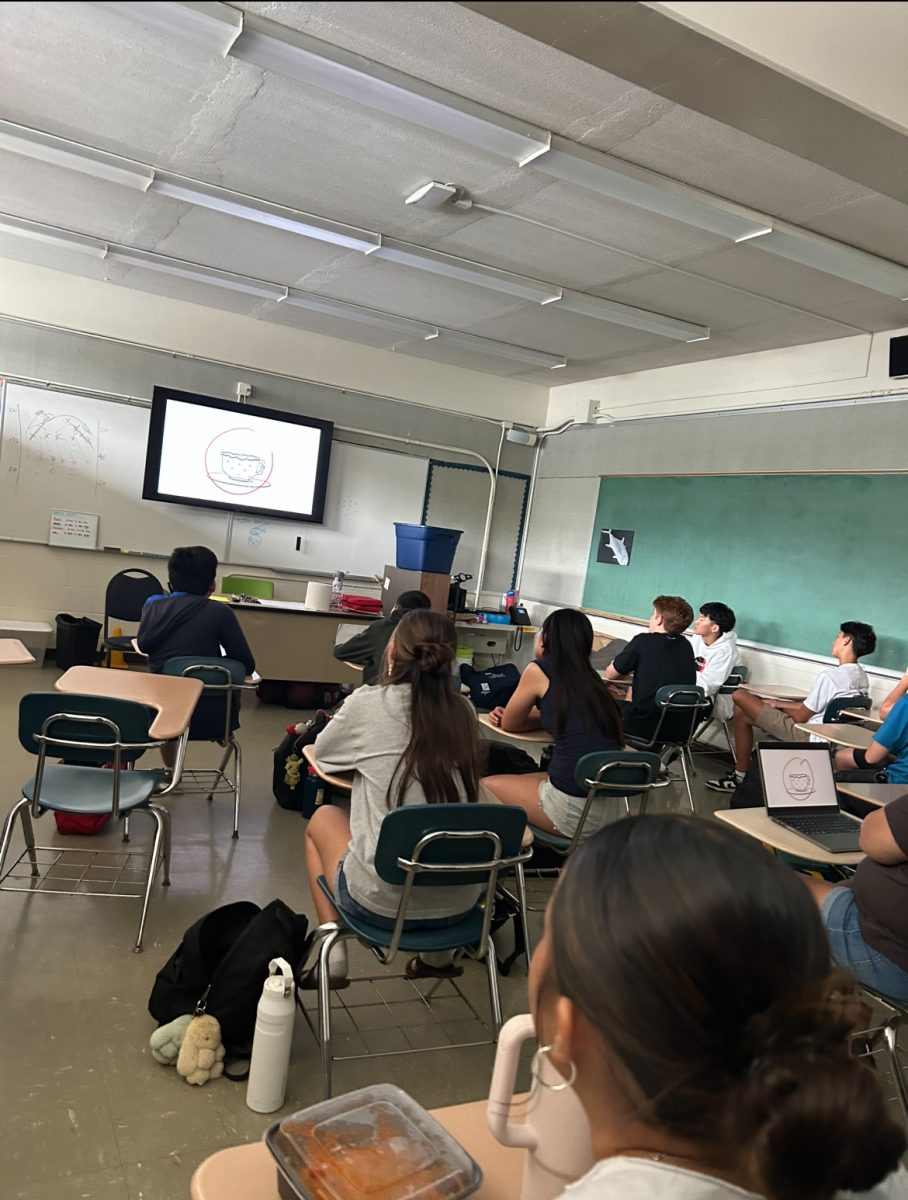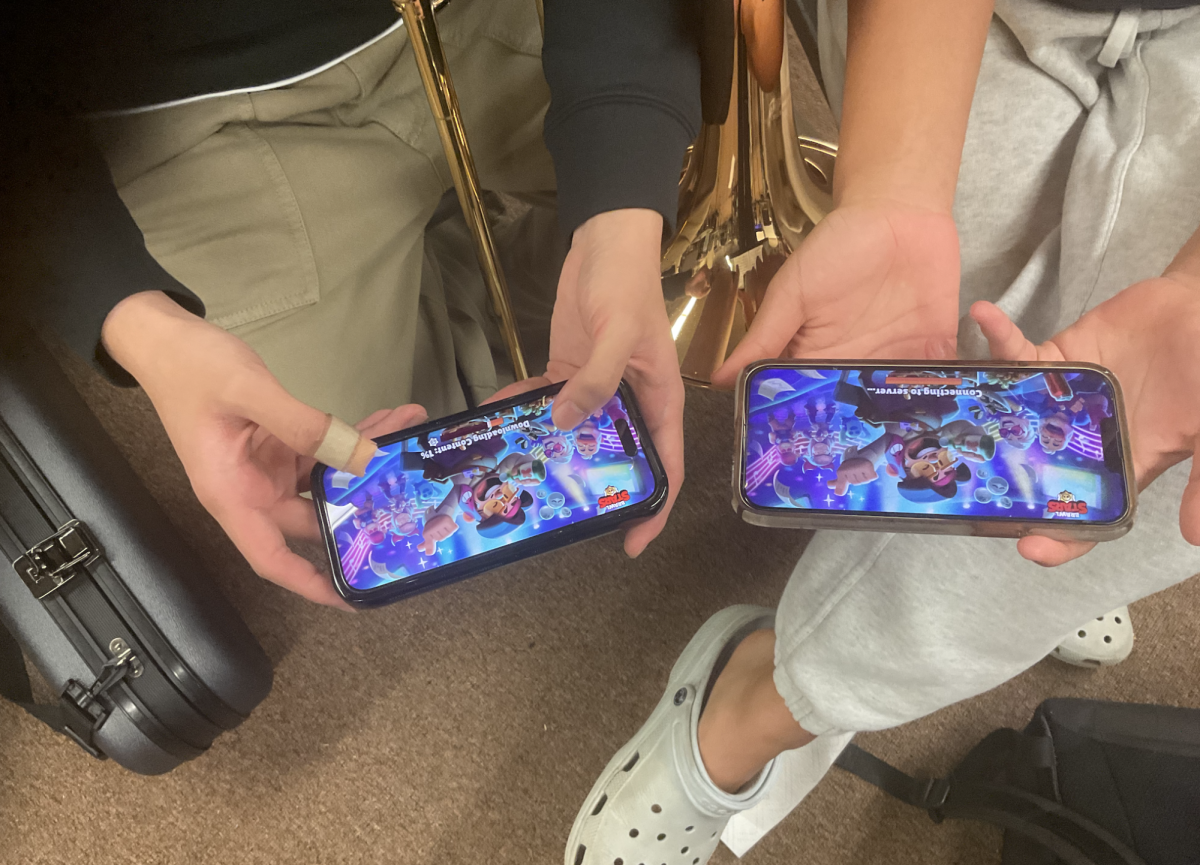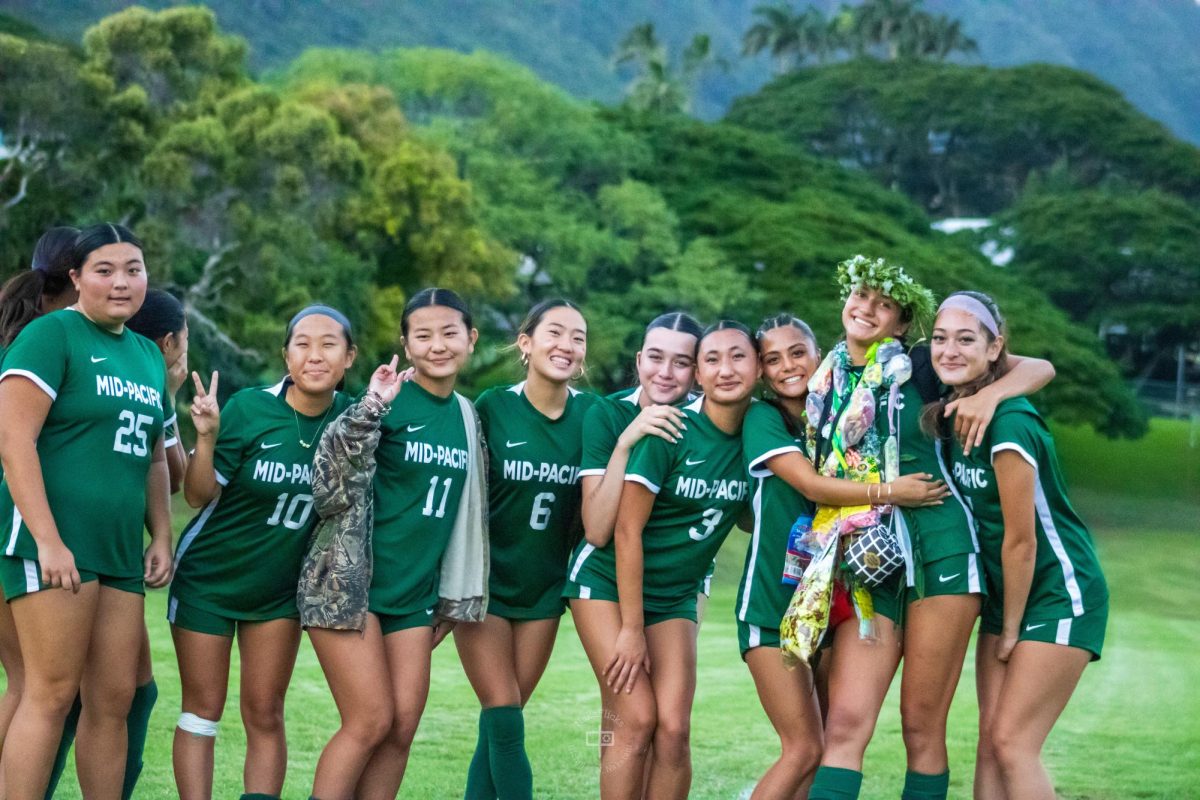With the drive for inclusion and representation in society, some wonder how much of it is performative, and whether or not the Mid-Pacific community is serious about supporting its diverse members.
In recent years, there has been a call for Diversity, Equity, and Inclusion (DEI) in many professional and educational spaces. However, the difference between real action and simply performative activism can be hard to differentiate.
“Performative activism is showing your support for an issue to gain social status and/or to please someone. It affects our modern day society heavily through social media. A lot of people will repost an issue without even doing research on it,” sophomore Leilani Moran Hurtt said.
Many well known companies like Disney, Nike and other clothing brands are a prime example of taking action only for public appearance. Appearing to support different groups and minorities, while not doing any work behind the scenes, is just one way they participate in performative activism.
It isn’t hard to stick a label on something to meet the socially required amount of diversity or representation. These miniscule changes made– if any – can be discarded and forgotten about without genuine effort and implementation.
The DEI club at Mid-Pacific aims to combat this narrative. Their goal is to push past the labels and quotas in order to invoke change and progress. Opening up discussions that inspire action is just one example of the impact DEI has on the community.
“From my position as someone who is on the adult DEI committee and is co-adviser of the DEI club, I can say that there are more conversations happening with students and adults on campus. I’ve talked to some administrators and they have all said similar things about really taking a closer look at diversity and inclusion on campus and what that looks like,” Language Arts teacher Kara Hisatake said.
Identifying what changes are necessary and how they can be implemented within the school is one of the many factors that goes into creating a lasting difference in a society.
“The community needs to notice when someone is doing something wrong and call them out on it,” Moran Hurtt said. “Not saying anything isn’t holding your community accountable. [It’s] overall holding it down.”
Like many institutions, ensuring they stay accountable to these changes is the hard part — the line between real, lasting action and just performative declaration is very thin.
“Mid-Pacific needs to take accountability for problems at school and find better ways to address it. [It’s] not just providing resources to speak about an issue, but providing resources where actual change can be made to prevent those issues,” junior Peyton Bennett said.
The lack of confronting a problem head on may cause further harm to members of the community.
“By not addressing problems in a school’s community, they are not only enabling this behavior, but creating a space that is unsafe,” Bennett said.
Ignorance of issues brought to light by a society is a driving force in what causes and creates more animosity. The community’s feeling towards their trusted systems may falter as injustices continue to go unaddressed.
“The ultimate danger for a school is to be behind the times and not adequately prepare students for the world they’re going into. Students and families are going to notice that and not enroll. We’re not going to have a good reputation as a school,” Hisatake said.
The issues that still exist within a community are often a result of the attitudes and collective feelings of its members.
“I think a lot of the issues that have progressed and had time to worsen is because we don’t know how to approach it. We don’t think that it’ll be appropriate or necessary,” senior Dariyn Kuwana said. “How we react in our mind is going to reflect how we are handling those situations.”
Working towards a collective goal and building a sense of accountability and change in a community is not a linear process, and requires action from everyone.
“If the students will get out there and come together and trust that they do have influence, because we do, that’s one way that Mid-Pacific can really create change. [That’s] how we’ve been doing it,” Kuwana said.



